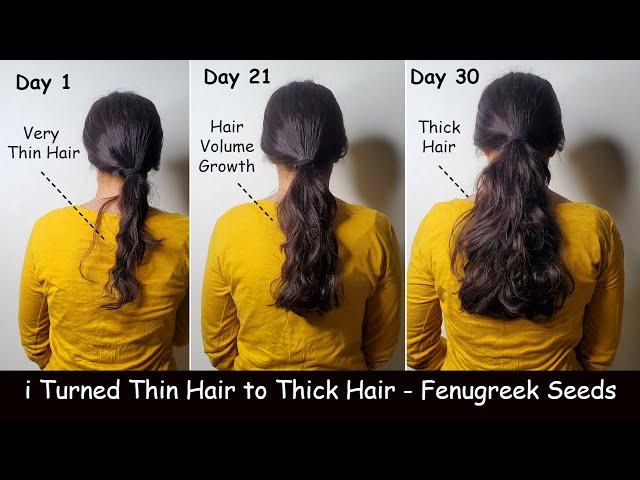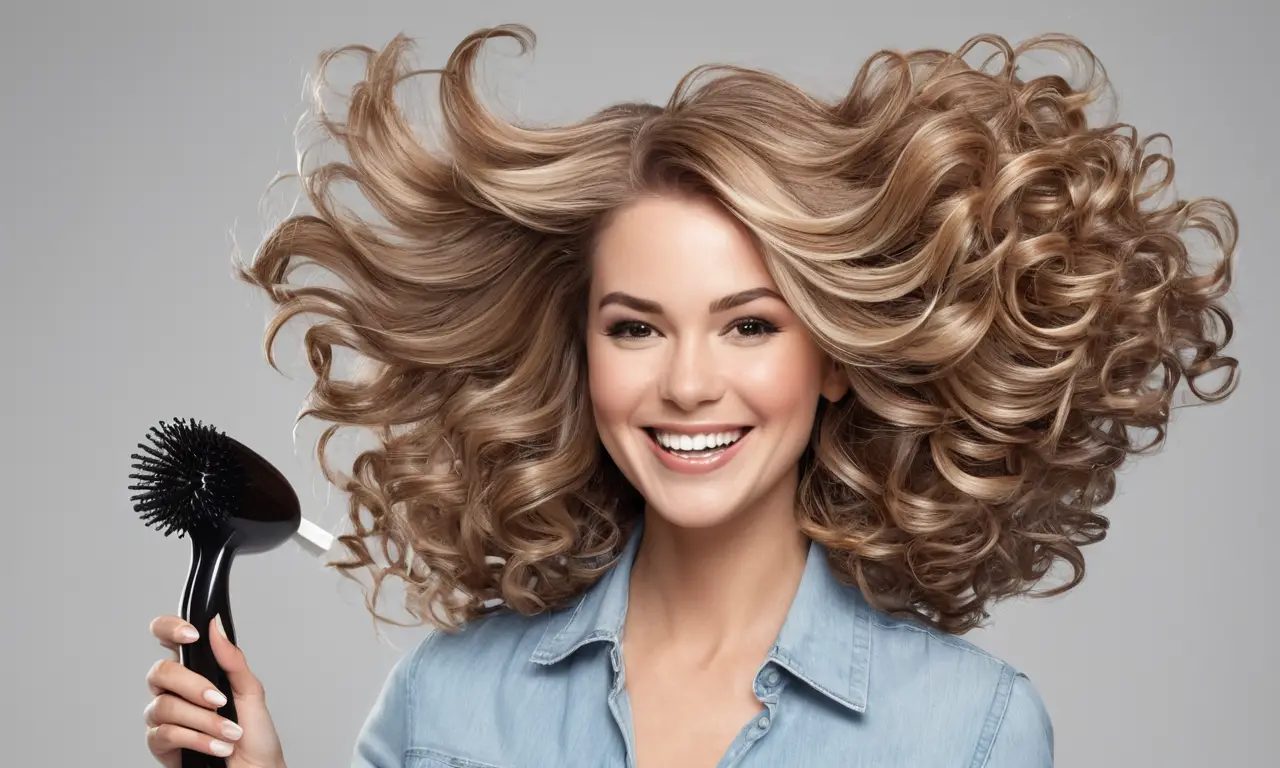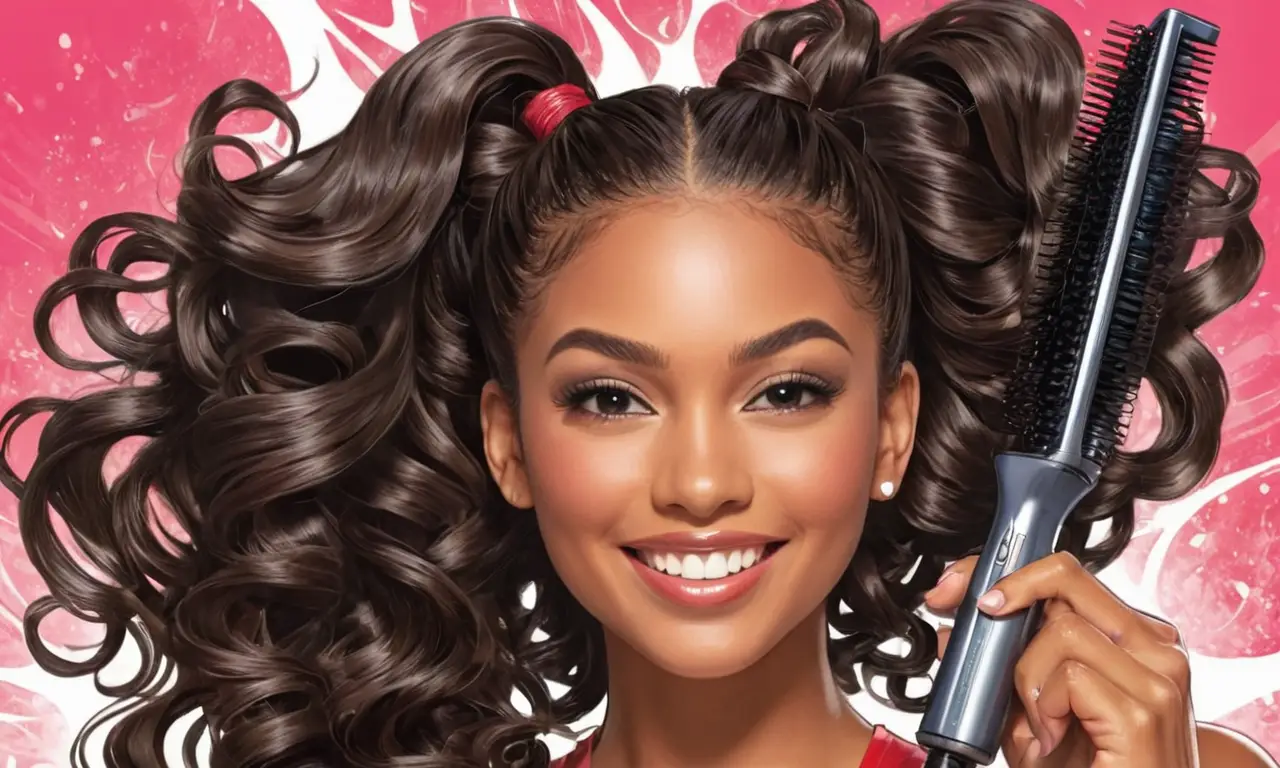
Thick hair has always been a coveted trait, often associated with beauty and health. It can add volume and dimension to your look, making it appear fuller and more vibrant. However, understanding what constitutes thick hair and the factors that contribute to its growth is crucial for achieving and maintaining its desired appearance. This article delves into the intricacies of thick hair, exploring its characteristics, causes, styling tips, and techniques to enhance its volume.
This comprehensive guide will first define thick hair, outlining its key features and differentiating it from other hair types. We’ll then examine the various factors that influence hair thickness, including genetics, hormones, and lifestyle choices. Subsequently, we’ll explore practical tips and techniques for styling thick hair effectively, ensuring it looks its best while remaining manageable. Finally, we’ll conclude with a summary of key takeaways and emphasize the importance of embracing your unique hair type.
What is Thick Hair?
Thick hair refers to hair strands that possess a larger diameter compared to finer hair types. This increased diameter contributes to a fuller and more voluminous appearance, as each individual strand carries more weight and substance. The perception of thickness is also influenced by the density of hair follicles per square inch. A higher follicle density means more hairs are present in a given area, further enhancing the overall fullness.
While there’s no universally accepted measurement for thick hair, it’s generally characterized by strands that feel noticeably thicker and heavier to the touch. Observing your hair under natural light can also provide clues about its thickness. Thick hair often appears more robust and less transparent compared to finer hair types.
It’s important to note that hair thickness can vary significantly across individuals, even within the same family. Genetics play a major role in determining hair thickness, with some people inheriting genes that predispose them to thicker strands.
Causes of Thick Hair

Several factors contribute to the development of thick hair, ranging from genetics and hormones to lifestyle choices and overall health.
Genetics
Genetics undoubtedly plays the most significant role in determining hair thickness. Your parents’ hair type, particularly their own follicle density and strand diameter, can heavily influence your own hair characteristics. If both parents have thick hair, you are more likely to inherit those genes and develop thick hair yourself.
Hormones
Hormonal fluctuations, especially during puberty, pregnancy, and menopause, can impact hair thickness. Androgens, such as testosterone, promote hair growth and can lead to thicker strands. Conversely, hormonal imbalances or deficiencies can result in thinner hair.
Nutrition and Diet
A balanced diet rich in essential nutrients is crucial for healthy hair growth. Proteins, vitamins (especially B vitamins), iron, zinc, and biotin are particularly important for promoting strong and thick hair. Deficiencies in these nutrients can lead to hair thinning and breakage.
Achieving Volume in Thick Hair
While thick hair naturally possesses volume, certain styling techniques can enhance its fullness and create a more desired look.
Choosing the Right Products
Opting for volumizing shampoos, conditioners, and styling products specifically designed for thick hair can make a significant difference. These products often contain ingredients that add lift at the roots and prevent weighing down the strands. Avoid heavy oils or creams that can flatten your hair and reduce its volume.
Blow-Drying Techniques
When blow-drying thick hair, use a round brush to lift the roots and create volume. Start by applying a volumizing mousse or spray before drying. Direct the airflow upwards at the roots while brushing outwards to encourage lift and fullness. Avoid using excessive heat, as it can damage your hair and lead to breakage.
Haircuts for Volume
Certain haircuts are particularly well-suited for thick hair, enhancing its natural volume and movement. Layered cuts, for instance, add dimension and texture, preventing the hair from appearing flat or heavy. Consult with a hairstylist who specializes in thick hair to determine the most flattering cut for your face shape and desired style.
Styling Tips for Thick Hair

Styling thick hair requires specific techniques to manage its weight and create a polished look.
Taming Flyaways
Thick hair can be prone to flyaways, especially in humid conditions. Use a smoothing serum or anti-humectant spray to tame frizz and keep your hair looking sleek.
Braiding and Updos
Thick hair lends itself beautifully to intricate braids and updos. Experiment with different styles to create volume and showcase the thickness of your hair.
Accessories for Volume
Headbands, clips, and scarves can add visual interest and enhance the perceived volume of thick hair. Choose accessories that complement your outfit and hairstyle.
Conclusion
Understanding thick hair involves recognizing its unique characteristics, causes, and styling requirements. By embracing your natural hair type and implementing the tips outlined in this article, you can achieve a fuller, more voluminous look while maintaining healthy and manageable hair. Remember, thick hair is a beautiful asset that deserves to be celebrated and styled with confidence.
